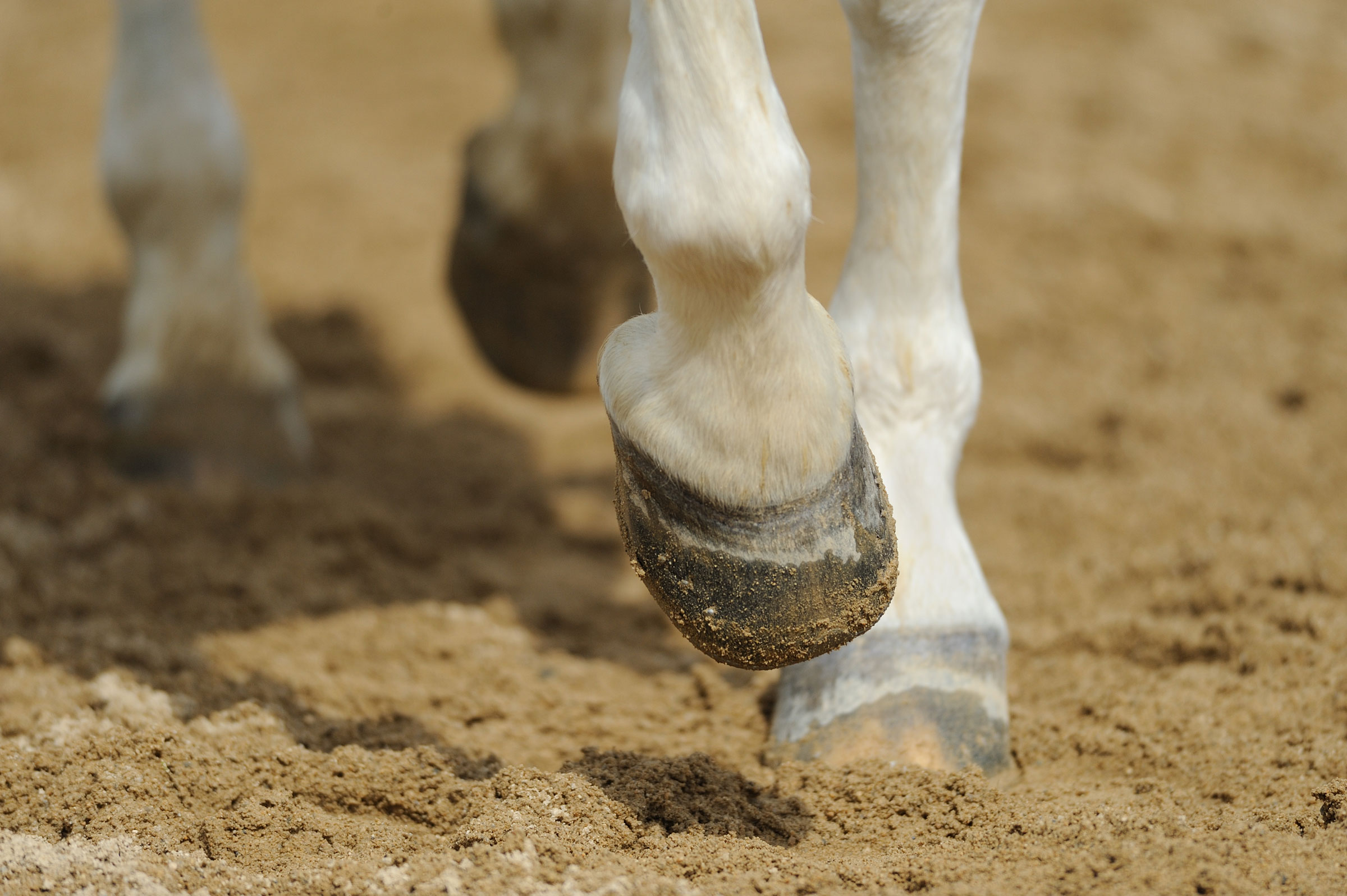
Intravenous regional limb perfusion is an effective means of concentrating antibiotic into a distal limb injury without incurring adverse systemic effects. A study looked at the time it takes to reach a maximum concentration of amikacin in the coffin joint synovial fluid [Kilcoyne, I.; Nieto, J.E.; Knych, H.K.; Dechant, J.E. Time required to achieve maximum concentration of amikacin in synovial fluid of the distal interphalangeal joint after intravenous regional limb perfusion in horses, AJVR Mar 2018, vol. 79, no. 3, pp. 282-286].
Two grams of amikacin sulfate was diluted in isotonic saline to 60 ml volume and administered into the cephalic vein with a pneumatic tourniquet placed 10 cm proximal to the accessory carpal bone.
Because amikacin is a concentration-dependent drug with better bactericidal effects the higher the concentration, it needs to have a maximal concentration to treat a distal limb infection. Typically, a tourniquet is left on for 20-30 minutes to ensure sufficient antimicrobial concentrations. Leaving a tourniquet on longer than necessary creates prolonged discomfort for the horse as well as the need for additional sedation.
Nine sound horses, aged 7-19 years of age, were used in the study. The results indicated that maximal concentration of amikacin in the coffin joint was achieved by 15 minutes.
While none of the joints evaluated experienced any pathology, it is likely that amikacin concentrations could be higher in inflamed joint tissue. No further increase in mean peak concentration of amikacin occurred between 15 and 30 minutes in this study.
The researchers concluded that 15 minutes is the point where the maximal amikacin concentration is achieved in the coffin joint in the least amount of time to avoid horse discomfort from the tourniquet and to avoid the need for added sedation.








